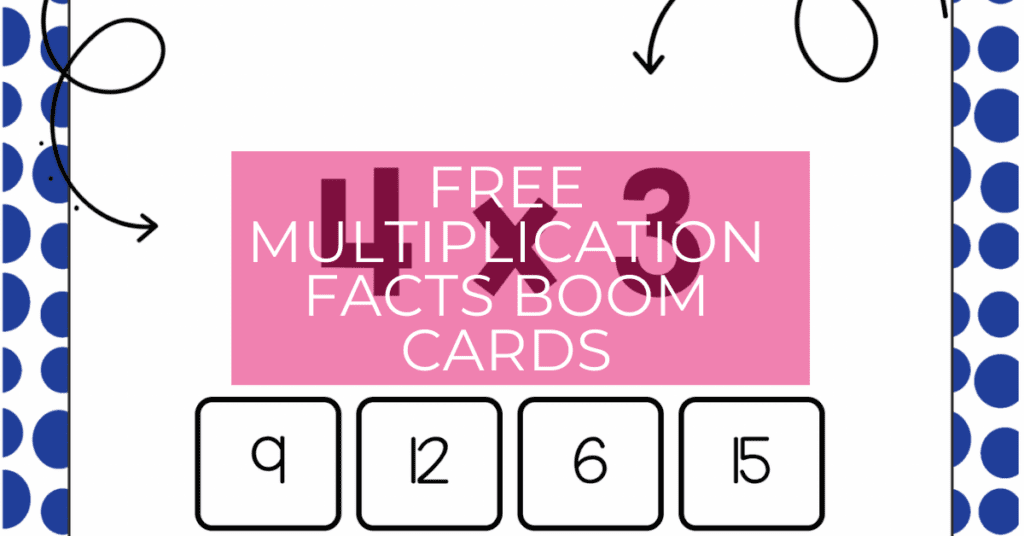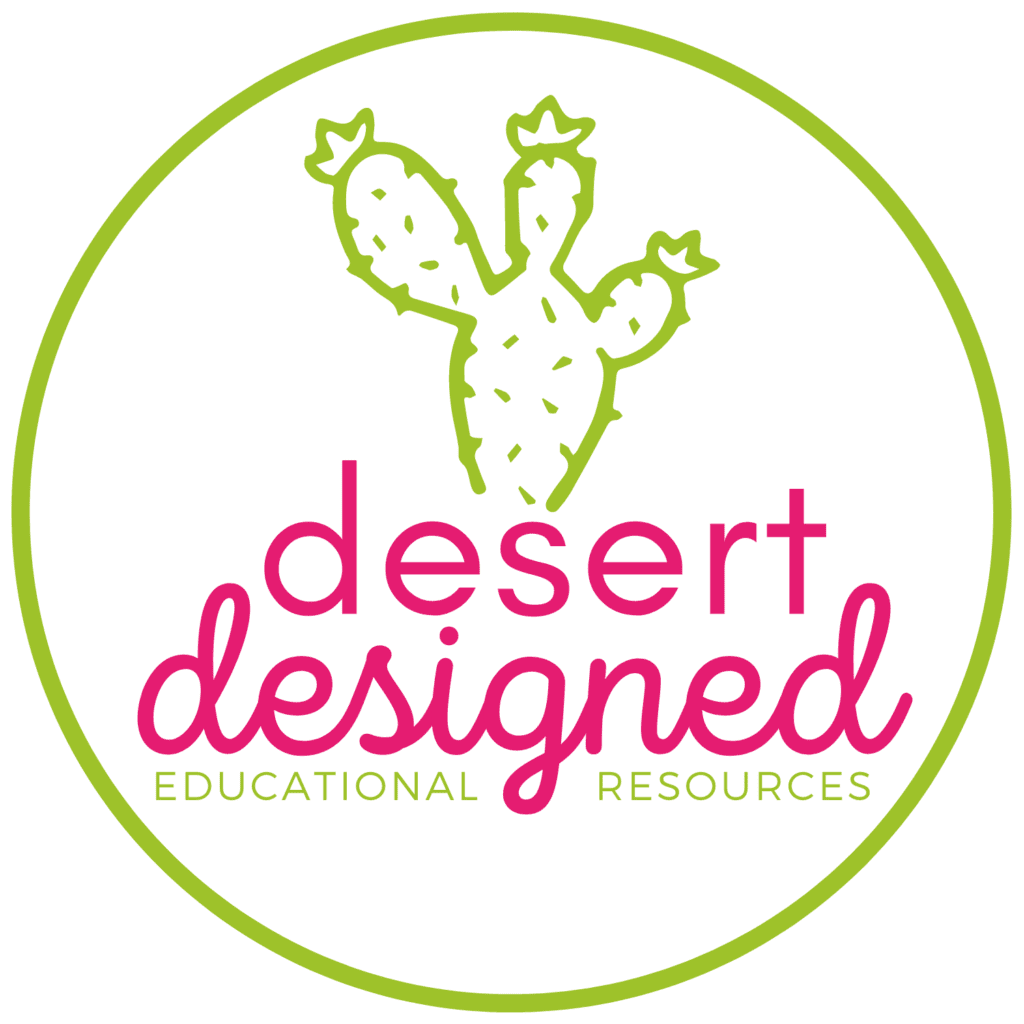Keeping kids engaged can be tricky. Let’s take a deep dive into how to use Boom Cards to keep students excited to learn and practice essential skills.
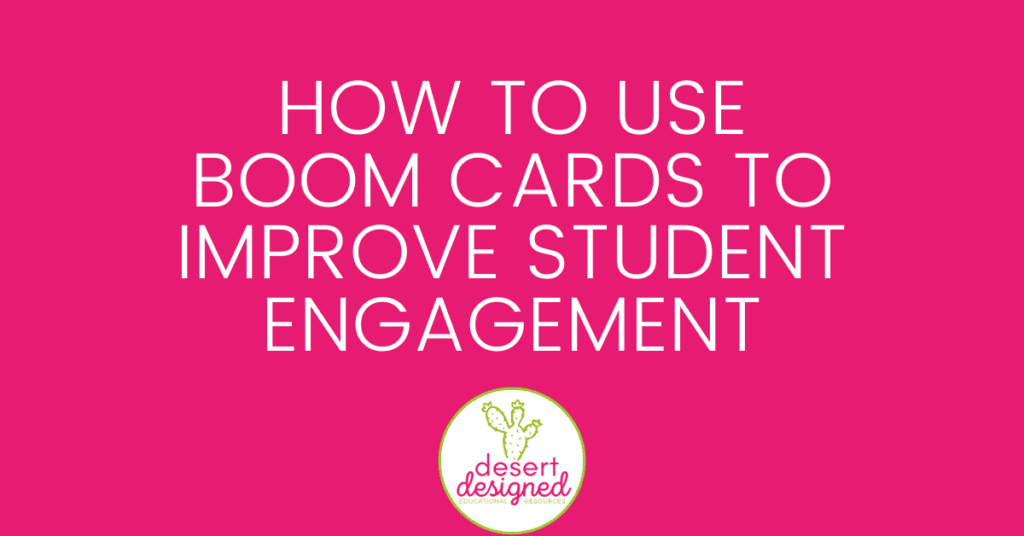
Routine Practice Isn’t Always Enough
Boredom
Many skills require repeated practice for mastery. Simply solving one multiplication problem isn’t enough to help students retain the information needed to fully grasp and remember how to perform the skill over a more extended period.
Not Enough Problems
A considerable complaint by many teachers is a lack of practice available in provided curricular materials. Often, we have one day’s worth of material for practicing a skill but need more material for students to master the skill. When teachers reach for more practice problems, they aren’t available.
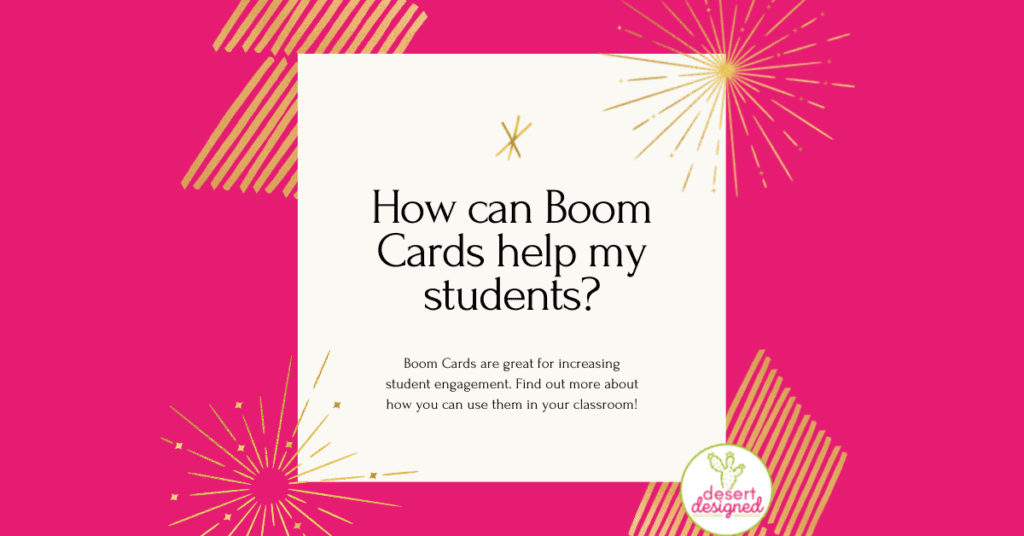
Lack of Focus on Specific Skills
In addition to not having enough practice problems available to meet the needs of students and teachers, many of the provided curricula will mix skill types within a single lesson. This is a considerable challenge when doing standard-based assessment or trying to help students to keep from being confused. For example, if we focus on multiplication and the word problems provided are a mix of all operations to provide additional rigor, it can be frustrating to both students and teachers who are trying to hone in on individual skills.
Differentiation is a Struggle
As teachers of many different types of students, the need for differentiation is crucial. Some students already have mastery over particular skills, and some quickly grasp a standard and become bored. Additionally, we have many students who unfortunately lack the foundational skills to succeed with more complex math tasks. These frustrated students often shut down, become unproductive, and often become behavior problems in our classrooms.
Keeping Kids Engaged
We have a lot to balance and juggle to present sufficient, accurate, and helpful problems to our students for practice. Thankfully, there are ways we can keep our kids engaged and practice relevant and beneficial tasks and skills to meet their needs.
How to Use Boom Cards to Provide Variety
By providing variety in both formats and types of tasks, we can help our students stay engaged with the material they need to practice.
Boom Cards Provide Targeted Practice
It is so important to focus on specific skills when students are practicing. Students can become overwhelmed with mixed-review activities when they are trying to learn a new skill or standard. Additionally, when students practice a wide variety of skills within an assignment, it can be difficult for a teacher to conduct a formative assessment. Suppose a student gets a seven out of ten on an adding fractions assignment, but three of the problems required multiplication. In that case, it can be challenging to assess whether or not a student has mastered adding fractions quickly.
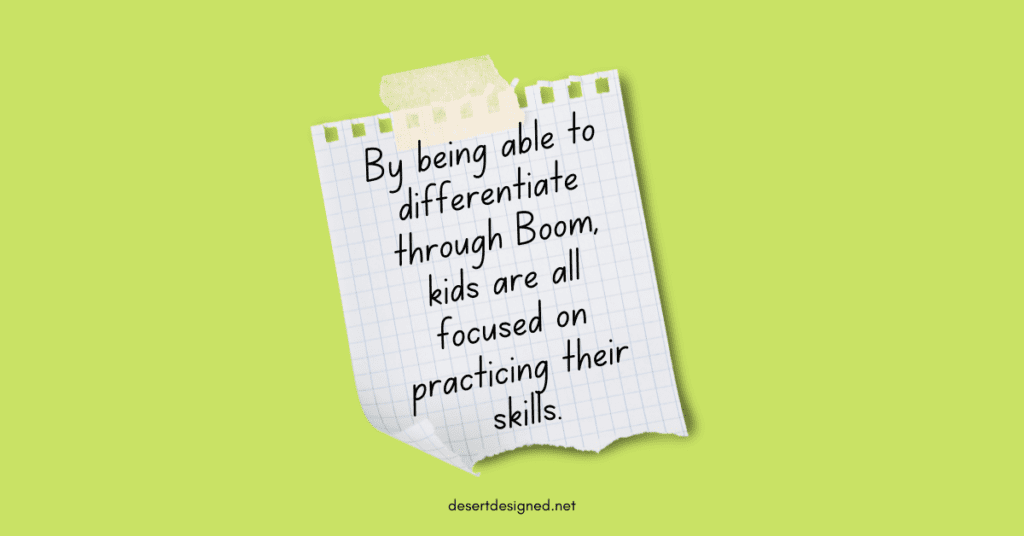
Give Opportunities for Differentiation & Self-Pacing
Giving opportunities for differentiation and self-pacing is crucial for keeping students engaged. Kids need to be able to own their education. We need to help students acknowledge their strengths and weaknesses. Next, we must provide practice for skills at an appropriate level. These steps help students gain confidence, develop the necessary skills, and even take their abilities to the next level without being held back by other students.
How to Use Boom Cards to Keep Kids Engaged
I have found that learning how to use Boom Cards to keep my students engaged has been a complete game-changer in my classroom. New to Boom Learning? Check out my post about How to Get Started with Boom Learning. For other ideas to use Boom Cards in your classroom, this post is helpful, too!
How to Use Boom Cards to Assign Targeted Practice
I use Boom Learning Cards to assign targeted practice to my students for the precise skill we cover in class. I love that I can break it down to a particular level. For example, when I am teaching decimal place value, I have a deck of Boom Cards that is an overview of place value. However, I also have the following decks that narrow the skill down even further:
- Writing Decimals in Word Form
- Decimal Expanded Form
- Decimal Fractions
- Rounding Decimals
- Comparing Decimals
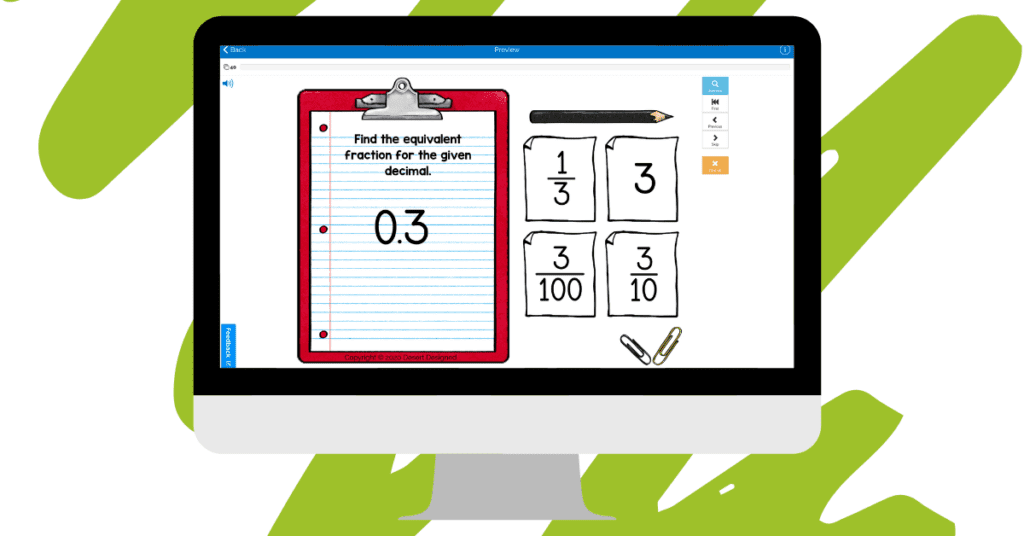
When teaching students to multiply and divide decimals, instead of having them do a mix of all of these types of problems together, I can break it down into the following individual skills:
- Multiply Decimals by Decimals
- Multiply Decimals by Whole Numbers
- Divide Whole Numbers by Decimals
- Divide Decimals by Whole Numbers

Narrowing down precisely which skill we are working on for the day helps me target my direct instruction. Also, I love how when students are learning with Boom Cards, they receive immediate feedback about the particular skill they are practicing.
Provide Opportunities for Differentiation
Being able to provide differentiation to my students is a massive benefit to using Boom Cards. My favorite example of this is basic math facts. Ultimately, students come to me with a wide range of abilities concerning retention and speed with their addition, subtraction, multiplication, and division facts every year.
Even though I teach fifth grade, I have students who have still not retained addition or subtraction facts and others just starting to learn their division facts.
I have found it hugely beneficial to give students a pre-assessment of their math fact abilities and then assign specific decks of Math Facts Boom Cards to individual students based on their needs.
By being able to differentiate through Boom, kids are all focused on practicing their skills. It has helped tremendously with students who would typically feel embarrassed about their abilities. It has also helped motivate students to improve their speed and accuracy once I showed them how to access their Boom Learning reports to see which facts they were struggling with vs. which facts they had mastered.
Even better, since inevitably, some students will have already mastered all of their math facts and do not need this practice, these students can be assigned a more advanced form of problems or review on a different specific skill.
How to Establish Routines for Using Boom Cards
One key to learning how to use Boom Cards successfully with your students is establishing routines with your class. Think about how and when you will use Boom Cards and when students are allowed to access them. I have students who love Boom Cards so much that I have had to limit when they can use them for practice. Without these routines and guidelines, I noticed that students were sometimes sneaking to do Boom Cards rather than other assigned activities. Here are some things you may want to consider thinking about when you present Boom Cards to your students:
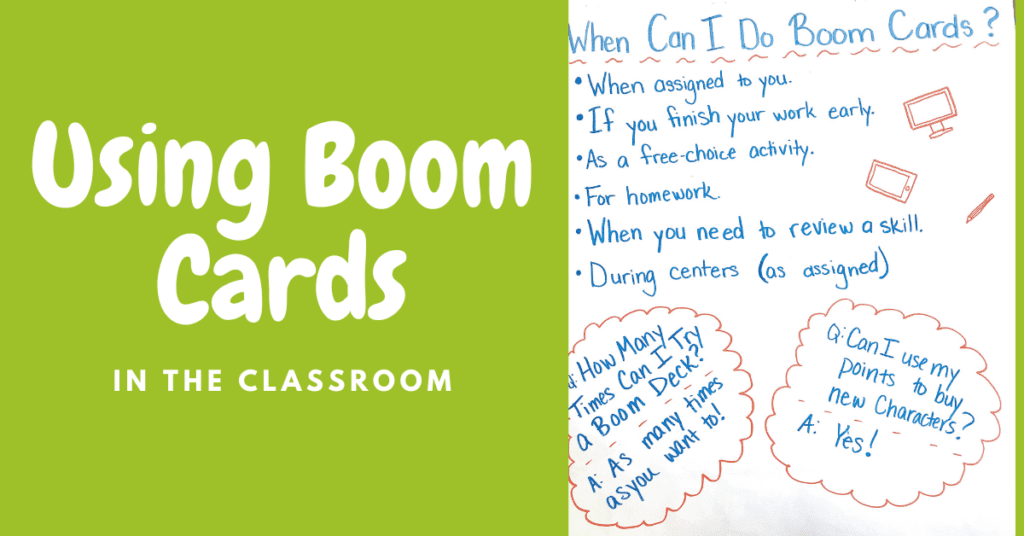
- When can kids use Boom Cards in class?
- Do you allow students who are fast finishers to use Boom Cards?
- When are students allowed to purchase new avatars with their earned coins?
- How many decks do you want to have assigned to a single student at one time?
Learning How to Use Boom Cards Has Been a Game-Changer in My Classroom
I love using Boom Cards with my students. They have so many advantages and have helped me have a wider variety of practice problems for my kids.
Boom Learning also has a great FAQ site that you can access here. They have many helpful articles on a wide range of topics to help you successfully learn to use Boom Learning Cards in your classroom with your students.
Next Steps for Keeping Kids Engaged with Boom Learning
Don’t forget to check out these Boom Cards today to help make your math class more engaging than ever before!
